
Time is gold: Lead Time, Lag Time, Cycle Time, Reaction Time, Flow Time, Takt Time
Last updated: February 16, 2024 Read in fullscreen view
- 20 Jan 2022
 Difference between Bug, Defect, Error, Fault & Failure 22/1240
Difference between Bug, Defect, Error, Fault & Failure 22/1240 - 18 Oct 2020
 How to use the "Knowns" and "Unknowns" technique to manage assumptions 21/989
How to use the "Knowns" and "Unknowns" technique to manage assumptions 21/989 - 17 Oct 2022
 What is the difference between low-end, mid-end and high-end solutions of project management software? 19/1350
What is the difference between low-end, mid-end and high-end solutions of project management software? 19/1350 - 01 Oct 2020
 Fail fast, learn faster with Agile methodology 13/973
Fail fast, learn faster with Agile methodology 13/973 - 02 May 2022
 Difference between CapEx vs. OpEx: Two Ways to Finance Your Software Project 12/1433
Difference between CapEx vs. OpEx: Two Ways to Finance Your Software Project 12/1433 - 03 Aug 2022
 What Are OLAs? SLAs vs OLAs vs UCs: What’s The Difference? 11/970
What Are OLAs? SLAs vs OLAs vs UCs: What’s The Difference? 11/970 - 12 Oct 2022
 14 Common Reasons Software Projects Fail (And How To Avoid Them) 10/504
14 Common Reasons Software Projects Fail (And How To Avoid Them) 10/504 - 19 Oct 2021
 Is gold plating good or bad in project management? 7/754
Is gold plating good or bad in project management? 7/754 - 10 Nov 2022
 Poor Code Indicators and How to Improve Your Code? 7/213
Poor Code Indicators and How to Improve Your Code? 7/213 - 06 Feb 2021
 Why fail fast and learn fast? 6/375
Why fail fast and learn fast? 6/375 - 13 Oct 2021
 Outsourcing Software Development: MVP, Proof of Concept (POC) and Prototyping. Which is better? 6/424
Outsourcing Software Development: MVP, Proof of Concept (POC) and Prototyping. Which is better? 6/424 - 01 Mar 2023
 Bug Prioritization - What are the 5 levels of priority? 6/207
Bug Prioritization - What are the 5 levels of priority? 6/207 - 28 Jul 2022
 POC, Prototypes, Pilots and MVP: What Are the Differences? 6/606
POC, Prototypes, Pilots and MVP: What Are the Differences? 6/606 - 24 Nov 2021
 What is the difference between off-the-shelf software and customized software? 5/428
What is the difference between off-the-shelf software and customized software? 5/428 - 07 Oct 2025
 Case Study: Using the “Messaging House” Framework to Build a Digital Transformation Roadmap 5/45
Case Study: Using the “Messaging House” Framework to Build a Digital Transformation Roadmap 5/45 - 05 Mar 2021
 How do you minimize risks when you outsource software development? 5/317
How do you minimize risks when you outsource software development? 5/317 - 31 Aug 2022
 What are the best practices for software contract negotiations? 5/215
What are the best practices for software contract negotiations? 5/215 - 12 Dec 2021
 Zero Sum Games Agile vs. Waterfall Project Management Methods 4/374
Zero Sum Games Agile vs. Waterfall Project Management Methods 4/374 - 21 Jun 2022
 Difference between Quality and Grade 4/698
Difference between Quality and Grade 4/698 - 07 Dec 2021
 What's the difference between soft freeze, hard freeze and customization freeze? 4/1130
What's the difference between soft freeze, hard freeze and customization freeze? 4/1130 - 10 Apr 2022
 Difference Between Forward and Backward Reasoning in AI 4/1576
Difference Between Forward and Backward Reasoning in AI 4/1576 - 08 Jan 2024
 Ask Experts: Explicitation/Implicitation and Elicitation; two commonly used but barely unraveled concepts 4/275
Ask Experts: Explicitation/Implicitation and Elicitation; two commonly used but barely unraveled concepts 4/275 - 14 Oct 2021
 Advantages and Disadvantages of Time and Material Contract (T&M) 4/789
Advantages and Disadvantages of Time and Material Contract (T&M) 4/789 - 04 Oct 2022
 Which ERP implementation strategy is right for your business? 4/278
Which ERP implementation strategy is right for your business? 4/278 - 15 Aug 2023
 Production-Ready vs Feature-Complete: What’s the Difference? 3/157
Production-Ready vs Feature-Complete: What’s the Difference? 3/157 - 18 Aug 2022
 What are the consequences of poor requirements with software development projects? 3/242
What are the consequences of poor requirements with software development projects? 3/242 - 01 Dec 2023
 Laws of Project Management 3/249
Laws of Project Management 3/249 - 05 Sep 2023
 The Cold Start Problem: How to Start and Scale Network Effects 3/167
The Cold Start Problem: How to Start and Scale Network Effects 3/167 - 18 Jul 2021
 How To Ramp Up An Offshore Software Development Team Quickly 3/516
How To Ramp Up An Offshore Software Development Team Quickly 3/516 - 08 Oct 2022
 KPI - The New Leadership 3/557
KPI - The New Leadership 3/557 - 31 Oct 2021
 Tips to Fail Fast With Outsourcing 3/375
Tips to Fail Fast With Outsourcing 3/375 - 23 Sep 2021
 INFOGRAPHIC: Top 9 Software Outsourcing Mistakes 2/411
INFOGRAPHIC: Top 9 Software Outsourcing Mistakes 2/411 - 17 Feb 2022
 Prioritizing Software Requirements with Kano Analysis 2/280
Prioritizing Software Requirements with Kano Analysis 2/280 - 28 Dec 2021
 8 types of pricing models in software development outsourcing 2/417
8 types of pricing models in software development outsourcing 2/417 - 28 Oct 2022
 Build Operate Transfer (B.O.T) Model in Software Outsourcing 2/361
Build Operate Transfer (B.O.T) Model in Software Outsourcing 2/361 - 04 Oct 2021
 Product Validation: The Key to Developing the Best Product Possible 2/295
Product Validation: The Key to Developing the Best Product Possible 2/295 - 18 Mar 2022
 Difference between Project Management and Management Consulting 2/321
Difference between Project Management and Management Consulting 2/321 - 13 Dec 2020
 Move fast, fail fast, fail-safe 2/292
Move fast, fail fast, fail-safe 2/292 - 05 May 2022
 DAM vs. CMS: What's the difference? 2/443
DAM vs. CMS: What's the difference? 2/443 - 01 Feb 2022
 Outstaffing Vs. Outsourcing: What’s The Difference? 2/565
Outstaffing Vs. Outsourcing: What’s The Difference? 2/565 - 01 May 2024
 Warren Buffett’s Golden Rule for Digital Transformation: Avoiding Tech Overload 2/188
Warren Buffett’s Golden Rule for Digital Transformation: Avoiding Tech Overload 2/188 - 10 Dec 2023
 Pain points of User Acceptance Testing (UAT) 2/416
Pain points of User Acceptance Testing (UAT) 2/416 - 06 Jun 2024
 Software Upgrade vs Software Update: What is the difference? 1/212
Software Upgrade vs Software Update: What is the difference? 1/212 - 12 Aug 2024
 Understanding Google Analytics in Mumbai: A Beginner's Guide 1/84
Understanding Google Analytics in Mumbai: A Beginner's Guide 1/84 - 26 Dec 2023
 Improving Meeting Effectiveness Through the Six Thinking Hats 1/205
Improving Meeting Effectiveness Through the Six Thinking Hats 1/205 - 05 Jan 2024
 Easy ASANA tips & tricks for you and your team 1/180
Easy ASANA tips & tricks for you and your team 1/180 - 11 Jan 2024
 What are the Benefits and Limitations of Augmented Intelligence? 1/434
What are the Benefits and Limitations of Augmented Intelligence? 1/434 - 09 Dec 2021
 Customer Service vs Technical Support: What’s The Difference? 1/223
Customer Service vs Technical Support: What’s The Difference? 1/223 - 19 Apr 2021
 7 Most Common Time-Wasters For Software Development 1/525
7 Most Common Time-Wasters For Software Development 1/525 - 19 Oct 2021
 Software development life cycles /628
Software development life cycles /628 - 06 Nov 2019
 How to Access Software Project Size? /236
How to Access Software Project Size? /236 - 25 Jan 2022
 What is the difference between Outsourcing and Outstaffing? /261
What is the difference between Outsourcing and Outstaffing? /261 - 10 Nov 2021
 PoC vs. Prototype vs. MVP: What’s the difference? /719
PoC vs. Prototype vs. MVP: What’s the difference? /719 - 02 Nov 2021
 Difference between an ESTIMATE and a QUOTE /342
Difference between an ESTIMATE and a QUOTE /342 - 01 Apr 2022
 Dedicated Team vs. Extended Team: What’s the difference? /298
Dedicated Team vs. Extended Team: What’s the difference? /298 - 15 Sep 2022
 CRM vs CDP: What's the difference? /236
CRM vs CDP: What's the difference? /236 - 14 Mar 2024
 Why should you opt for software localization from a professional agency? /117
Why should you opt for software localization from a professional agency? /117 - 01 Mar 2024
 (AI) Artificial Intelligence Terms Every Beginner Should Know /280
(AI) Artificial Intelligence Terms Every Beginner Should Know /280 - 12 Mar 2024
 How do you create FOMO in software prospects? /127
How do you create FOMO in software prospects? /127 - 06 Mar 2024
 [SemRush] What Are LSI Keywords & Why They Don‘t Matter /131
[SemRush] What Are LSI Keywords & Why They Don‘t Matter /131
“Time is more precious than gold, more precious than diamonds, more precious than oil or any valuable treasures. It is time that we do not have enough of; it is time that causes the war within our hearts, and so we must spend it wisely.”
Lead time
Lead time is the time measured from the moment a client puts in an order to when the final product gets delivered.
This can be easily understood by thinking of the total time it takes for the client to receive the product from the moment they put in the order to the moment they receive the shipment.
Lead Time is Cycle Time plus the additional amount of time it takes for production to begin and the time it takes to deliver the finished product.
Lead time measures the time elapsed from the point a piece of work – such as defect or feature – is requested (usually by a customer) to the point that it’s delivered. For example, a defect’s lead time starts at the point a customer reports the problem and ends when the fix has been delivered in a patch or version of the software. For new functionality requested, lead time would be measured from the moment a customer requests a new feature to the point it is made available in the software.
Lag time
A time lag is a fairly long interval of time between one event and another related event that happens after it.
If lag is associated with delay, “lead” is the amount of time by which a successor task can be advanced with regard to its predecessor. If adding lag will result in delaying a project, adding lead to dependent tasks on a critical path may reduce the time required to complete the project.
Flow time
Flow time, on the other hand, measures the time it takes for a work item to go from the point that it is accepted into the value stream – i.e., from its first “active state” – to when it’s available to the customer (deployed or delivered). Let’s break that down a bit. All work items go through various workflow states like New, In Progress, In Dev, In Review, Verification and so forth.
These states can be generalized into four broad states:
- New (work item is created)
- Active (when value adding work is being carried out on the item)
- Wait (item is waiting on external dependencies)
- Done (complete state)
A work item can be “accepted” into the value stream at different points of the workflow. For example, incidents that are escaped defects (a bug found in software in production) will enter the value stream as soon as triage is complete and it is determined that a patch or service release is required. New enhancements may only be accepted into a value stream when it is scheduled in the backlog.
Cycle time
Cycle Time is the amount of time a team spends actually working on producing an item, up until the product is ready for shipment. It is the time it takes to complete one task. This includes time spent producing the item and the wait stages (amount of time the task is left ‘waiting’ on the board) between active work times.
Cycle time is what most people conventionally think of when they mistakenly use “lead time” and “takt time” interchangeably.
Reaction time
Reaction time or response time refers to the amount of time that takes place between when we perceive something to when we respond to it.
Takt Time
Takt Time in German means rhythm. It is the steady ‘beat’ to which production must follow to satisfy the demands of the customer.
Takt time is the rate at which manufacturing processes and systems need to complete the production in order to meet the customer's request. Therefore, this is less of measuring the total time it takes to complete a segment or the entirety of the production.
Takt time measures the pace at which work must be done to deliver what has been promised. Takt time can be measured manually or can be automated with takt time solutions.
TIGO Solutions
Time is Gold!






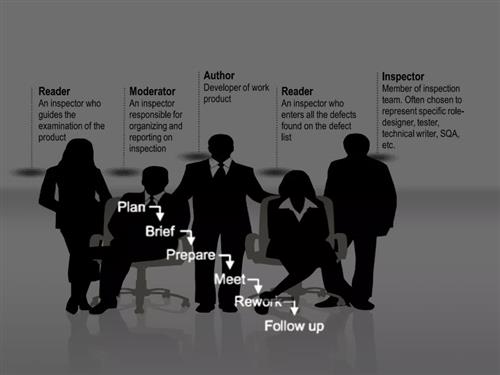

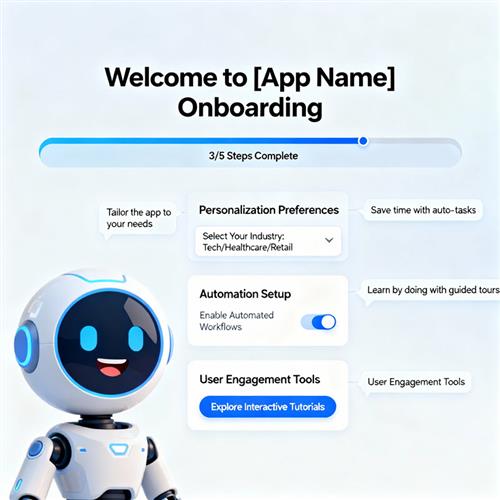
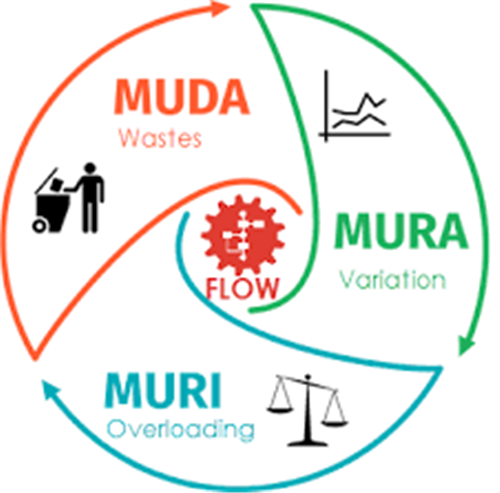



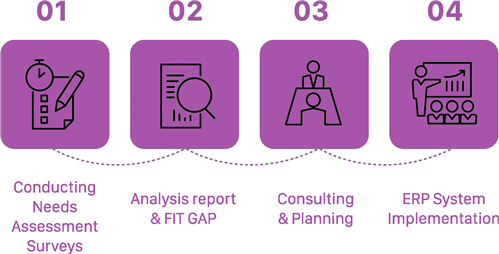



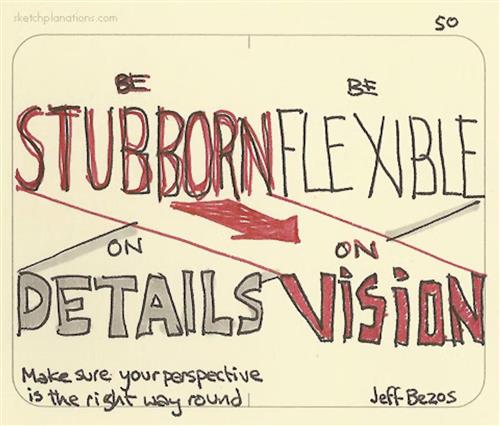
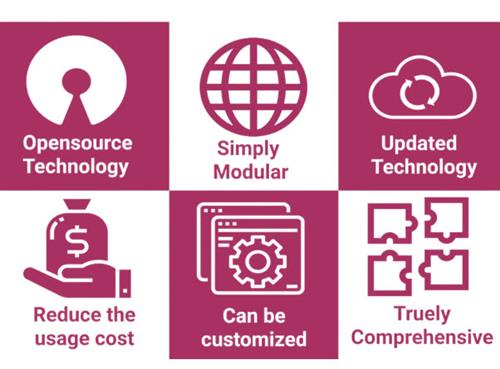
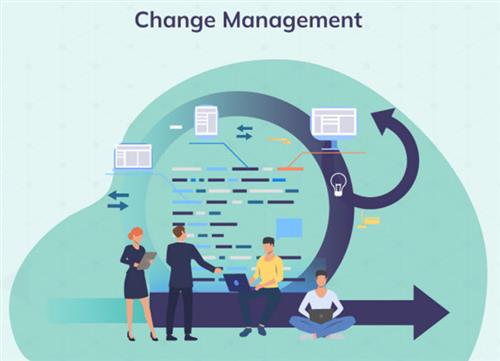
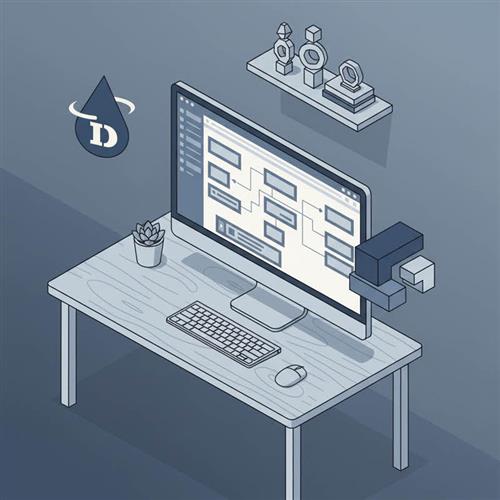
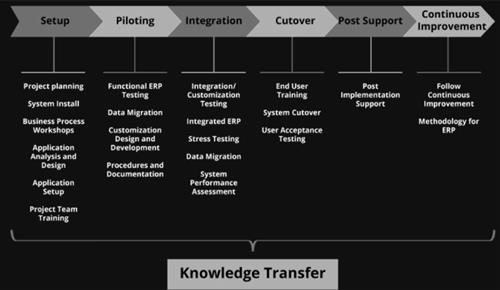


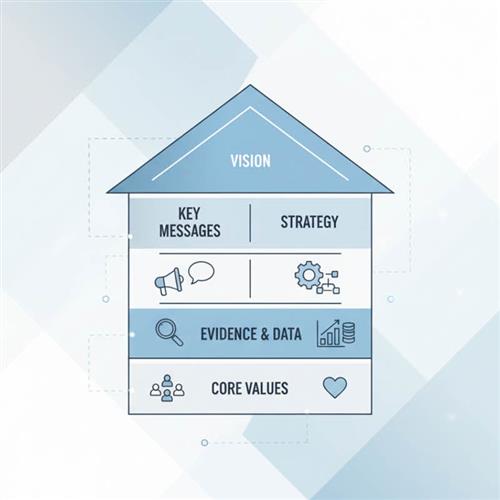









 Link copied!
Link copied!
 Recently Updated News
Recently Updated News